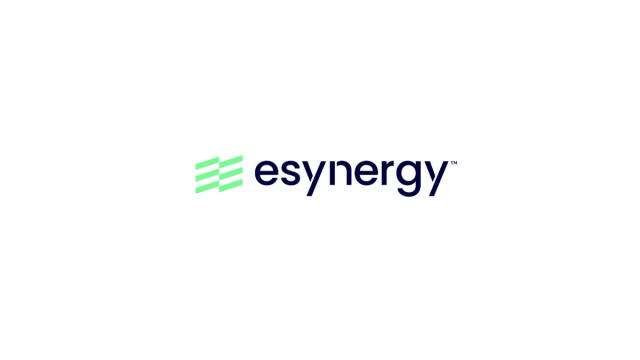Accelerate Rewind: How DataStax Powers Cisco’s Renewals E-Commerce System

What technologies do you need to support an e-commerce platform that serves up more than 1M quotes to 98,000 customers every quarter—all of which translates into $2 billion in sales?
That’s the question Cisco Systems recently encountered.
At last year’s DataStax Accelerate, Charulata Sharma, a senior engineer at Cisco, outlined why her organization decided to upgrade their e-commerce capabilities—and why they chose Apache Cassandra™ to support these efforts.
1. They needed a zero-downtime platform with linear scalability
If their e-commerce system was incapable of scaling to accommodate periods of peak traffic, the company would almost certainly miss out on revenue opportunities down the road. They’d also end up frustrating customers.
2. They needed to deliver better experiences to their customers
Cisco’s customers, who submit orders for service contract renewals and upgrades online, needed to have seamless experiences in every interaction. Together, DataStax and Cassandra’s cloud-native distributed architecture enables Cisco to provide better service to their customers—wherever they happen to be geographically.
3. They were looking for a tech stack upgrade and a modern UX
Similarly, Cisco was looking to modernize its underlying infrastructure and deliver a modern intuitive UX that its customers had grown to expect in recent years.
4. They needed to improve application performance
Due to the volume of customers and orders, Cisco needed a system that was capable of processing reads and writes in milliseconds. The right solution would be able to scale to support whatever traffic volume came its way.
How Cisco Uses Cassandra—And What Their Architecture Looks Like
During her Accelerate session, Charulata explained the architecture behind Cisco’s e-commerce system. Among other things, they use Cassandra as a data store, Elasticsearch for search, Kafka and RabbitMq for streaming, and InfluxDB and Grafana for metrics and visualizations.
She also discussed three popular use cases for Cassandra:
1. A data model
With Cassandra as a data model, Cisco built a more efficient system, with fewer column families and fewer columns, faster application development, and fewer DDL statements.
2. Unique ID
Cisco needed every order ID to be unique. They tried a couple of solutions and ended up using CAS operations to generate unique IDs.
3. Data pipeline
Cassandra also helps Cisco with its data pipeline. The application will shoot a write to Cassandra, which goes through Kafka, and then flows to end users who might need the data for reporting in Tableau, querying with Apache Ignite, ops reporting via Elasticsearch and Kibana, and more.
To learn more about Cisco’s experience moving to Cassandra and the lessons they’ve learned as a result, watch Charulata’s Accelerate 2019 session or read about it here.
Interested in attending DataStax Accelerate this year?
Learn more about the world’s largest Apache Cassandra NoSQL event.



